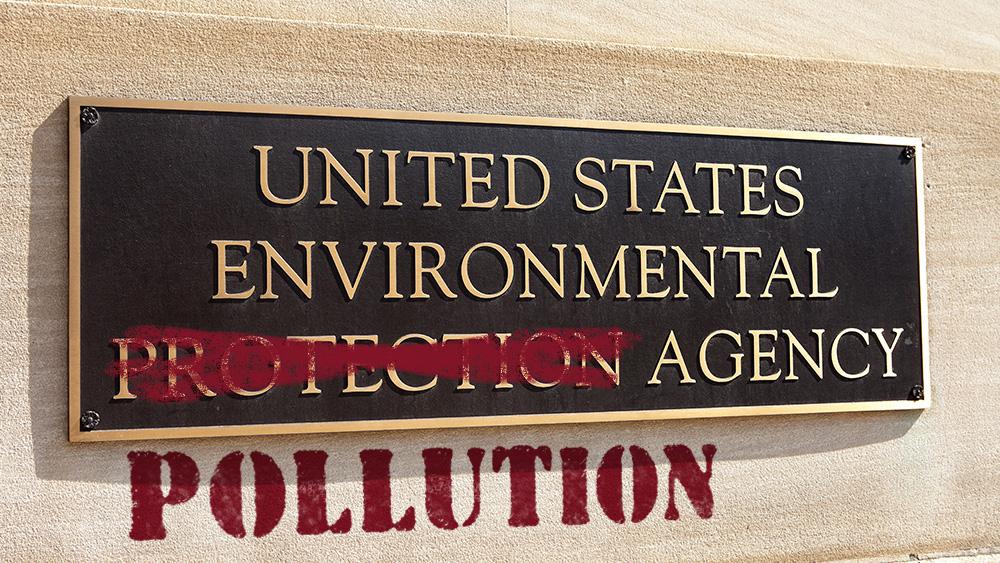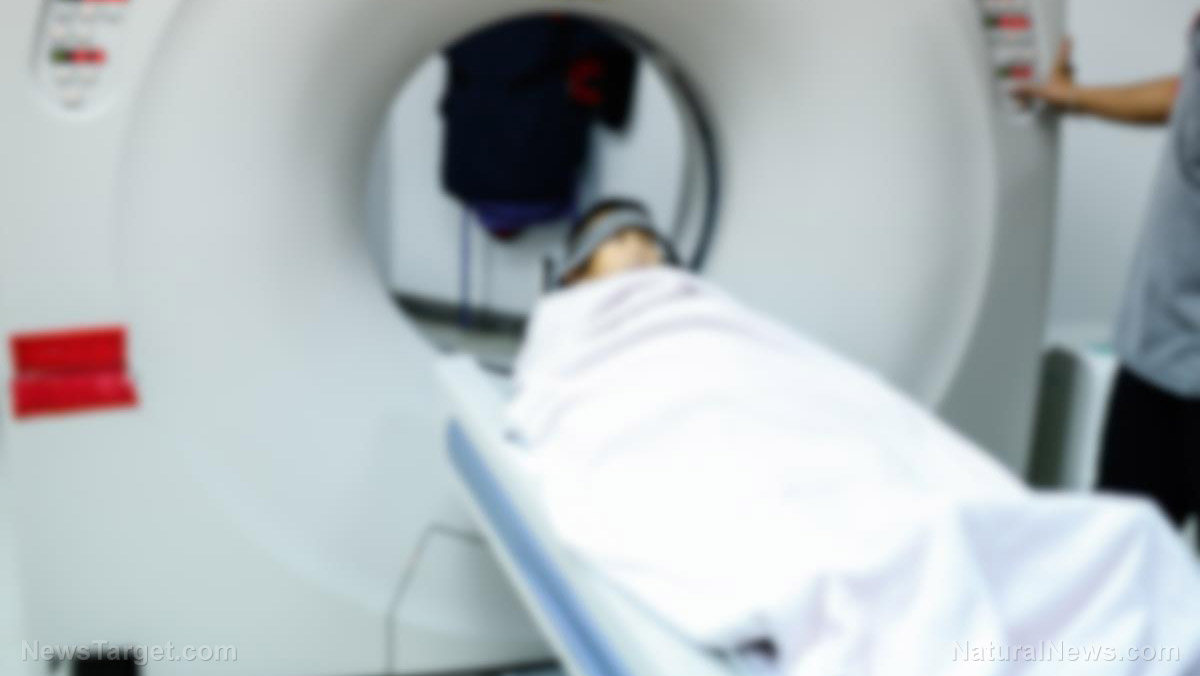Good for the environment, bad for your health? Underground transit systems offer poor ventilation, increasing concentration of cancer-causing agents in the air
02/22/2019 / By Michelle Simmons

It turns out, using the subway for your daily commute might not be as healthy as you think. According to a study in Aerosol and Air Quality Research, the lack of proper ventilation in underground metro trains can lead to an uptick of carcinogens in the air. The study, led by a team from the University of Southern California, started out as an investigation on the environmental impact of different modes of public transportation in Los Angeles, which led them to this unexpected finding.
In the study, the researchers measured particulate matter along major commuter routes in the city. Particulate matter, according to studies, is one of the deadliest forms of air pollution. In particular, those less than 10 micrometers in diameter cause the worst problems, as they can get deep into the lungs and also enter the bloodstream. Research has shown that exposure to polluted air can cause early death in people with heart or lung disease, nonfatal heart attacks, irregular heartbeat, aggravated asthma, damaged lungs, and increased respiratory symptoms, including irritation of the airways, coughing or breathing difficulty.
The routes that were included in the study were freeways I-110 and I-710, the Metro Red and Gold Lines, as well as surface streets. These represented a diversity of traffic and environmental conditions. The Gold Line is above ground rail, while the Red Line is older and travels entirely underground. Meanwhile, the surface streets had a lesser number of commercial trucks.
The researchers gathered air samples with the use of battery-operated devices with particle sensors. They took the measurements on roadways inside a zero-emission test vehicle, while they took measurements for railways on train platforms and inside cars, assuming that commuters spent about 25 percent of their time on the platform and 75 percent on the train. The samples were gathered either on microfiber filters and evaluated to identify concentrations of polycyclic aromatic hydrocarbons and transition metals like hexavalent chromium. These compounds are known to cause cancer, as well as increase the risk of other chronic conditions. Then, the researchers determined the cancerous and non-cancerous health risks with the use of cancer potency factors from the Environmental Protection Agency (EPA) and California’s Office of Environmental Health Hazard Assessment based on a lifetime of exposure commuting one hour a day, five days a week, for 50 week per year, and assuming 30 years of employment.
The findings of the study revealed that underground train commuters are 10 times more exposed to cancer-causing agents in the air than the acceptable limit suggested by the World Health Organization and EPA. This was caused by the high amounts of airborne hexavalent chromium measured within the train cars because of the accumulation of dust from friction on the steel tracks and the lack of proper ventilation on the underground line. The lowest exposure concentrations of polycyclic aromatic hydrocarbons and hexavalent chromium were observed in the Metro Gold Line, in comparison with all other examined means of transportation. On the contrary, the cancer risk for other tested routes was found to be safe within the threshold.
“The initial premise of our study was to prove that you are better off not driving and instead taking the subway and the light rail. We proved part of the point with the light rail, but we were completely refuted insofar as the Red Line because of the chromium levels,” said Constantinos Sioutas, one of the researchers.
The researchers believe that the effect of other underground train systems worldwide have the same effects on individuals. Those who spend more time in the subway, specifically those who work there, are more prone to the health risks of polluted air.
“The important thing is to alert the Metropolitan Transportation Authority, without necessarily creating undue panic, to the fact that the exposure levels to chromium and [other] carcinogenic metals are quite elevated, a lot more than would be recommended by, for example, the EPA or any other regulatory authority,” Sioutas said.
Sources include:
Tagged Under: carcinogens, particulate matter, subways, transit, transportation, underground trains















